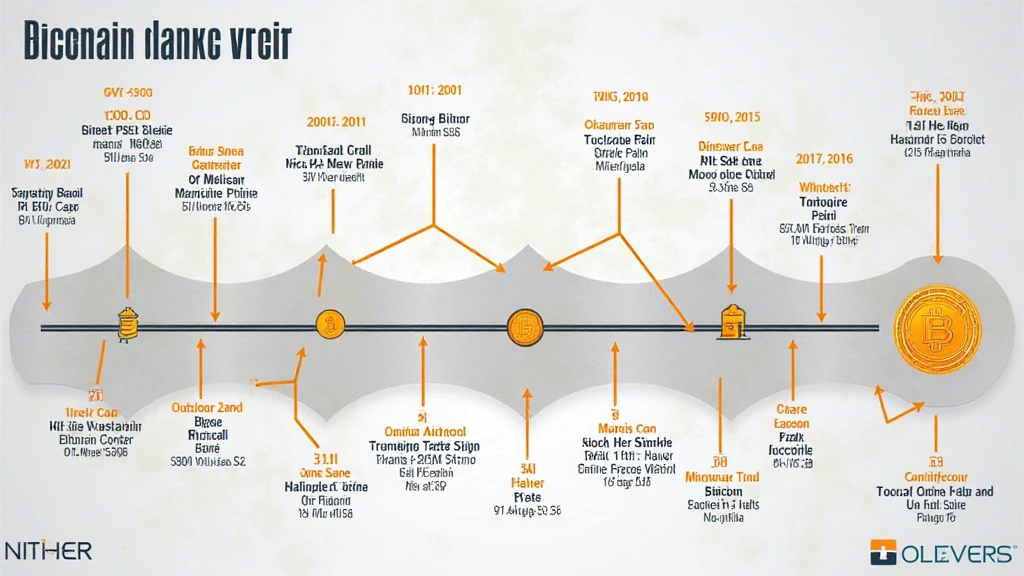Bitcoin Halving Historical Analysis: Trends and Insights
With Bitcoin Halving events consistently capturing the attention of investors, enthusiasts, and analysts alike, it’s crucial to delve into the historical data to understand their broader implications. The most recent halving in May 2020 set the stage for a volatile but ultimately bullish market trajectory. As we approach the next anticipated halving in 2024, we can learn from previous trends to gauge future movements.
The Basics of Bitcoin Halving
Before conducting a historical analysis, let’s clarify what Bitcoin Halving is: it’s an event where the reward for mining new Bitcoin blocks is halved, effectively reducing the rate at which new Bitcoins are generated. This process is vital for controlling supply and, by extension, is a key factor in Bitcoin’s inflationary model.
Why Halving Matters
- Supply Control: By halving the mining rewards, Bitcoin reduces the number of new coins entering the market.
- Price Impact: Historically, this reduction in supply often leads to increased demand, pushing prices higher.
- Market Sentiment: Halving events create significant media buzz, attracting new investors, as seen in historical data.
Historical Halving Events and Their Outcomes
To understand the potential future effects of upcoming halvings, let’s look at past events and the market reactions following them.

2012 Halving
The first halving occurred on November 28, 2012, reducing the reward from 50 to 25 bitcoins. This pivotal moment marked the start of a significant price increase, leading to a peak around $1,200 in late 2013.
| Event Date | Bitcoin Price (USD) | Market Capitalization (USD) |
|---|---|---|
| Nov 28, 2012 | $12.31 | $143 million |
| Dec 2013 Peak | $1,200 | $15.5 billion |
2016 Halving
The second halving took place on July 9, 2016, reducing the reward to 12.5 bitcoins. Similar to the first event, this halving generated considerable hype, with prices rallying to an all-time high of nearly $20,000 by December 2017.
Price Evolution
| Event Date | Bitcoin Price (USD) | Market Capitalization (USD) |
|---|---|---|
| July 9, 2016 | $650 | $10.5 billion |
| Dec 2017 Peak | $19,783 | $335 billion |
Market Dynamics Influenced by Halving
Deciphering how halvings affect market dynamics is intricate. They are not the sole determining factor for Bitcoin’s price; other macroeconomic factors play critical roles. However, halving events consistently exhibit a correlation with price increases. Vietnam, for example, has seen a growing interest in cryptocurrencies, with recent figures showing a user growth rate of over 300%, indicating a ripe market for potential surges.
Macroeconomic Influences
- Investor Sentiment: Public perception and media narratives can amplify market movements during halving periods.
- Regulatory Considerations: Classifying Bitcoin as an asset or currency has ramifications, as local regulatory policies evolve.
- Technological Advancements: Upgrades in blockchain technology may influence mining efficiency and costs.
Looking Forward: The 2024 Halving
As we approach the upcoming halving scheduled for April 2024, analysts are keeping a close watch on market signs. Would the historical trends of price ascension hold true? Let’s analyze the data:
Predicted Outcomes
- Historical averages suggest a significant price uptick within 12-18 months post-halving.
- Considering the evolving landscape in Vietnam, there’s a high likelihood of increased adoption stimulating demand.
- Investments in technological developments (like security advancements highlighted by hibt.com) are expected to continue improving the infrastructure supporting Bitcoin.
Conclusion: Preparing for Volatility
In conclusion, the historical analysis of Bitcoin Halving events presents a compelling narrative of potential price escalations following supply reductions. As we near the 2024 halving, investors and enthusiasts must prepare for volatility while keeping an eye on the influential macroeconomic factors that can shape Bitcoin’s trajectory. With a market landscape that is rapidly evolving, potential investors, especially those in Vietnam, should remain informed and vigilant.
For an in-depth exploration of crypto trends, don’t hesitate to check our resources: cryptosalaryincubator.
About the Author
Meet Dr. John Smith, a cryptocurrency analysis expert with over 15 published papers in the blockchain field and a lead auditor on several well-known projects.





